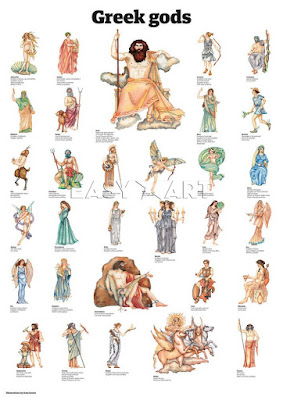Week 4 Lab
EmpoWord, Chapter 2 was very informational. There was a table of vocabulary words that gave specific terms and definitions; there was even some examples. The techniques and forms section was easy to follow and clearly clarified many of the storytelling options that I was not familiar with. The plot and subject of a story are very important, but the scope, sequence, and pace adds details that only benefit the storyline. I remember using Freytag's Pyramid for planning out writing in high school, but I honestly had not even thought about using it now. It is a great tool to use to organize thoughts and place story events in an effective order.
One thing I struggle with in a story is dialogue. The point of view section in this guide helped open my mind up to how I could consider writing stories--the point of view of the story can directly correlate with potential dialogue, along with tone and mood of characters. The dialogue section was also useful because it took a simple thing like what conversations I had today and turned them into a story by changing words and sentences around. I always put way too much thought into dialogue and that just makes it more complicated for myself.
Chapter 2 of this handbook to writing stories has opened my eyes to ideas on how to make my writing styles different and more effective for readers. The tables and charts are useful and I forgot that some of them existed to help separate and organize thoughts.
One thing I struggle with in a story is dialogue. The point of view section in this guide helped open my mind up to how I could consider writing stories--the point of view of the story can directly correlate with potential dialogue, along with tone and mood of characters. The dialogue section was also useful because it took a simple thing like what conversations I had today and turned them into a story by changing words and sentences around. I always put way too much thought into dialogue and that just makes it more complicated for myself.
Chapter 2 of this handbook to writing stories has opened my eyes to ideas on how to make my writing styles different and more effective for readers. The tables and charts are useful and I forgot that some of them existed to help separate and organize thoughts.
Story Map Simplifies Story Creating




Comments
Post a Comment